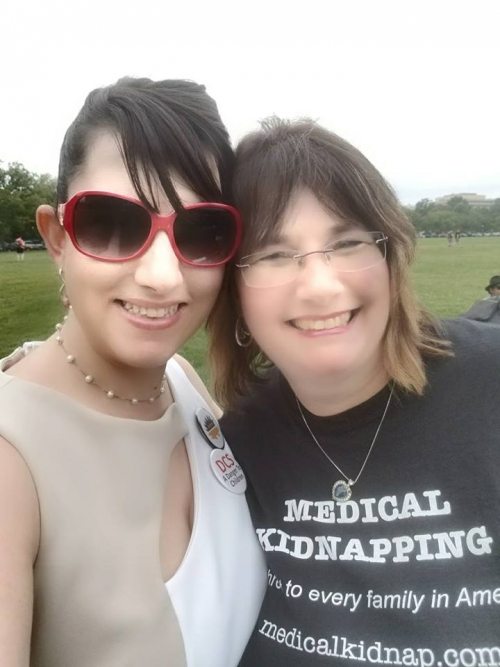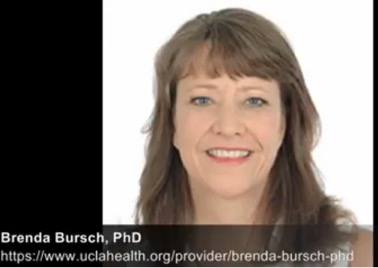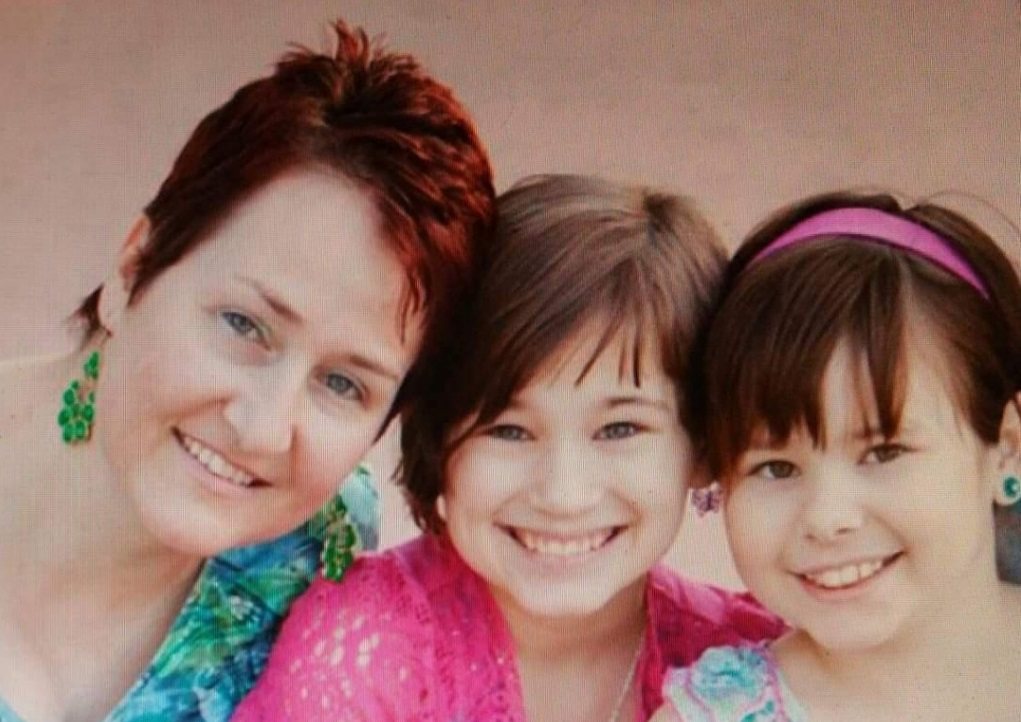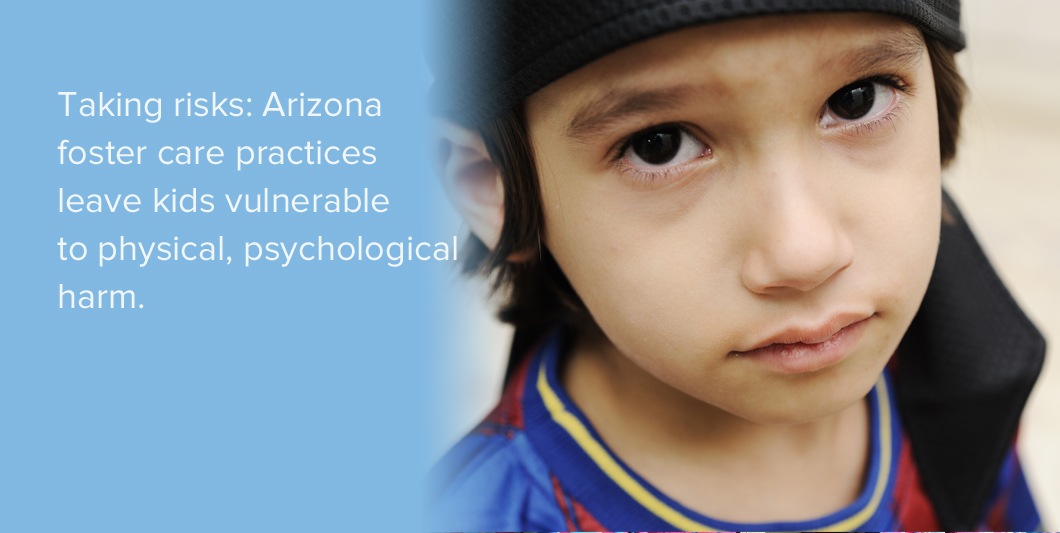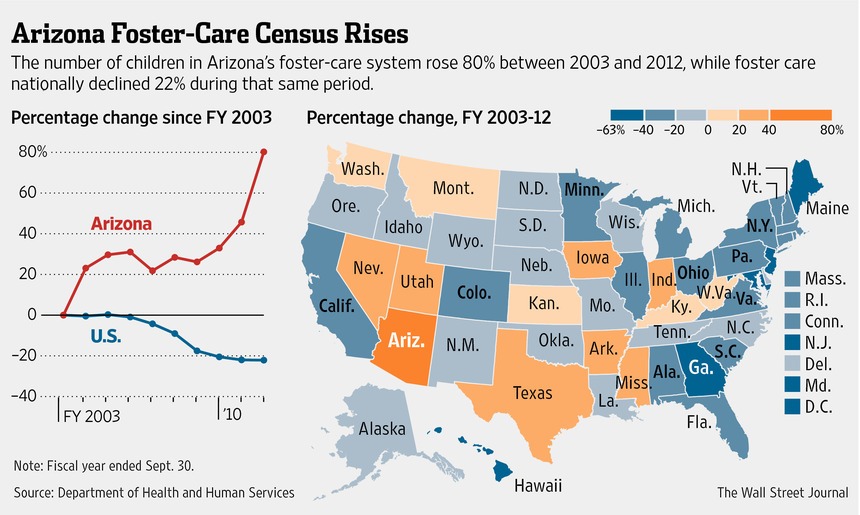I. Preface
Reports of child maltreatment are frequently made by educators, child care
workers, and other youth workers due to their extensive contact with children on a daily
basis. They are often the first people to whom children disclose abuse or who suspect
abuse because they recognize resultant behavioral changes or see physical evidence.
School personnel and others who care for children are required by law to report all cases
of suspected child abuse. This extends to private as well as public schools and includes
child care centers, youth organizations, camps, and after-school programs.
The Arizona mandatory reporting law, A.R.S. §13-3620 (See Appendix A),
requires that school personnel, or any person who has responsibility for the care or
treatment of a minor and who reasonably believes that a minor has been the victim of
physical injury, abuse, child abuse, a reportable offense or neglect shall immediately
report or cause a report to be made of this information.
This means that if there are any facts from which one could reasonably conclude
that a child has been the victim of one of the above listed offenses, the person knowing
those facts is required to report those facts to the appropriate authorities. This immediate
report is to be made regardless of who the alleged perpetrator is. Your duty is to report,
not to investigate. If school personnel fail to report known or suspected child abuse or
neglect, then they have committed a crime that is punishable under ARS §13-3620.
Failure to report sexual offenses is a Class 6 felony.
In addition to the mandate in A.R.S. §13-3620, A.R.S. §15-514(A) states that any
certified person or governing board member who reasonably suspects or receives a
reasonable allegation that a person certified by the State Board of Education has engaged
in conduct involving minors that would be subject to the reporting requirement of section
§13-3620 shall report or cause reports to be made to the Department of Education in
writing as soon as is reasonably practicable but no later than three (3) business days after
the person first suspects or receives an allegation of the conduct.
Both statutes (A.R.S. §13-3620 and §15-514) grant immunity from civil damages
to those making reports, provided the report was made in good faith. A.R.S. §13-3620
also grants immunity from any criminal proceeding to those making reports, unless the
reporter has been charged with or is suspected of committing the abuse, or is acting with
malice.
October 2014 – Pima County Protocols for the Multidisciplinary Investigation of Child Abuse, page 46
II. Interaction with child prior to report
School personnel generally will receive information about possible abuse in one of
three ways: the child will self-report, physical injury or unusual behavior will be
observed, or a third party will disclose the abuse.
In order to (1) minimize the number of times the child victim is interviewed; (2)
minimize disclosure trauma; and (3) ensure that the appropriate and most qualified
professionals conduct the investigation, school personnel should not pre-interview
children or call in school behavioral/mental health practitioners to try to
determine if the report is credible or if a report should be made.
If the child has not spontaneously provided the following information about the
abuse, only these exact questions may be asked as needed to provide basic information
needed by DCS, OCWI (or their successor agencies), and/or law enforcement for
triage and prioritization: What happened? Who did it? Where were you when it
happened? When was the last time it happened? Who have you told? (See
Appendix F, Minimal Facts Interview).
Gathering detailed information not only re-traumatizes the child but also compromises
any criminal investigation that may be conducted.
Limit questions to the above three if observations of injury and/or unusual behavior
are made and the child has not disclosed the occurrence of abuse.
It is not the job of school personnel to establish beyond a doubt that abuse has
caused the observed injury or behaviors.
It is completely inappropriate for school personnel to gather additional details in
order to respond to anticipated questions by the Child Abuse Hotline worker. The
Hotline worker’s questions are for the purpose of gathering information that MAY be
known to the person making the call, but is not EXPECTED to be known.
Effort should be made to remember the child's exact words during the disclosure and
write them down afterward since these quotes will later be documented on the
reporting form.
In the case of third party reports (someone tells school personnel that a child has been
maltreated), the school personnel should make a report based on the information
provided and should not call in the child for an interview.
School personnel shall maintain confidentiality of all information regarding the
abuse report, except when such information is requested by DCS, OCWI (or their
successor agencies), Law Enforcement, or the County Attorney.
School personnel should never promise to keep abuse information a secret, or make
remarks like “No one is going to go to jail,” or use other distracting or dishonest
information to reassure a child.
Never delay a report pending approval of a supervisor, behavioral/mental health staff,
or health staff person. Never delay a report pending a discussion with a school
resource officer (law enforcement) who is not immediately available.
October 2014 – Pima County Protocols for the Multidisciplinary Investigation of Child Abuse, page 47
III. Making Phone Reports:
Abuse reports should be telephoned to the Child Abuse Hotline 1-888-SOS-CHILD
(or 1-888-767-2445) and to 911.
If unsure if the information constitutes abuse or is reportable, contact the Child Abuse
Hotline and 911; DCS and law enforcement will evaluate the information and
determine how to proceed.
Do NOT contact or provide information to the parent(s) and/or the alleged
perpetrator. Refer all inquiries to Law Enforcement, OCWI, or DCS. It is the duty of
those agencies, not school personnel, to notify parents of the investigation. Premature
and/or inappropriate notifications can hinder investigations and potentially create
precarious situations.
IV. After the telephone report has been made
1. School office personnel should be trained to maintain utmost confidentiality about
investigators reporting to the school. Names and purpose for visit should not be
spoken aloud in the presence of other visitors, students, or school staff by
investigators or by school personnel.
2. Assist police, DCS, and OCWI upon their arrival by sharing information and
providing a private place on campus for the agencies to meet with the child and/or
with the reporting source.
3. Contact the appropriate school personnel who need to know in order to protect the
child. It is strongly recommended that principals be advised when child abuse
reports are made because investigating agencies often respond first to the main office.
The principal is also frequently the first to receive calls from parents and would need
to know how and where to direct their inquiries. However, the principal should never
insist on prior screening of abuse reports, as this interferes with school personnel’s
lawful compliance with the reporting mandate.
4. If a parent or guardian calls or comes to the school in an effort to locate a child being
interviewed, sheltered or removed from school grounds, the Coordinator (or
Principal) should refer the parent or guardian to DCS, OCWI and the law
enforcement agency for information. Parent or guardian should NOT be given
information about the allegation or about the alleged abuser.
5. School personnel should continue to provide reassurance to the child as needed
throughout the investigation but questions about the abuse should not be asked. Any
information spontaneously disclosed should be noted and provided to the
investigating authorities.
V. Responsibilities of DCS and Law Enforcement
1. DCS, OCWI and/or Law Enforcement Officers will conduct the investigation. The
DCS Specialist, OCWI Investigator and/or Law Enforcement Officer will provide
proper identification and should confer with the reporting party.
2. The DCS Specialist, OCWI Investigator and/or the Law Enforcement Officer may, at
their discretion:
October 2014 – Pima County Protocols for the Multidisciplinary Investigation of Child Abuse, page 48
a. Enter the school grounds and investigate cases of suspected abuse without
unnecessary disruption of normal school activities.
b. Interview the child victim, and all other children residing in the home, on school
grounds outside of the presence of school personnel. School personnel may only
be present during the interview at the request of the DCS Specialist, OCWI
Investigator, and/or Law Enforcement Officer. A child’s request for inclusion of
school personnel will be considered.
c. Conduct interviews of the child without permission from or notice to the parent(s)
and/or guardian(s) depending on circumstances unless prohibited by Greene vs.
Camreta (http://www.ca9.uscourts.gov/datastore/opinions/2009/12/10/06-
35333.pdf ).
d. Remove the child from the school (take temporary custody) if necessary to further
the investigation and leave a Notice of Removal (DCS) or a Temporary Custody
Notice (law enforcement/ DCS) at the school to document the removal. The
parent(s) must be served with a copy of the temporary custody.
e. Obtain school records by lawful means.
3. The DCS supervisor whose name and telephone number are given to the caller by the
Hotline worker shall be available for reasonable follow-up communication with the
school. It is understood that the school cannot be given confidential information, but
should be provided with information that could help them support and assist the child
in the aftermath of the report.
VI. The Written Report(s)
Per A.R.S. §13-3620, mail a copy of the written reporting form to DCS within 72
hours of making the initial report. The report should be mailed to: Department of Child
Safety, P.O. Box 44240, Phoenix, AZ 85064-4240.
Copies of the report can, and should, also be made available to the DCS Specialist,
OCWI Investigator, and/or Police Officer responding to the school.
Per A.R.S. §15-514, mail a written report to the Arizona Department of Education if
the alleged perpetrator is a certified teacher or administrator. This report should be sent
within three business days to: Arizona Department of Education, Investigative Unit,
1535 W. Jefferson, Phoenix, AZ 85007.
VII. Sharing Information
Schools will assist the Department of Child Safety, the Office of Child Welfare
Investigations, and law enforcement representatives upon their arrival by providing an
appropriate place on campus for the agencies to meet with the child and/or with the
reporting source.
School health personnel will provide information about any visible injury or physical
complaints from the child.
It is recommended that Principals be advised when child abuse reports are made
October 2014 – Pima County Protocols for the Multidisciplinary Investigation of Child Abuse, page 49
because investigating agencies often respond first to the main office. The Principal is also
frequently the first to receive calls from parents and would need to know how and where
to direct their inquiries.
If a parent or guardian calls or comes to school in an effort to locate a child being
interviewed, sheltered, or removed from school grounds, the Principal or designee should
refer the parent or guardian to DCS and the law enforcement agency for information.
The school should maintain the confidentiality of the case. The school may contact
DCS to obtain the legally authorized information about the case and will keep other
school personnel informed on a “need to know” basis in order to better assist the child.
School districts should communicate to all sites procedures for keeping records of
reports, including filing and passing along copies of the written reports.
DCS, OCWI, and law enforcement will communicate clearly with schools, preferably
with the Principal or designee, about a decision to shelter a child and shall provide and
explain the written notice of removal (DCS) or of temporary custody (law enforcement).
DCS, OCWI, or law enforcement will notify the parent or guardian if a child is taken into
temporary custody.
The school will not notify the parent when a child is interviewed at school and/or
taken into protective custody. If school personnel believe they may be in danger from the
parent or guardian upon their finding out about the temporary custody, they should call
law enforcement (911) for assistance.
VIII. Internet Resources for Schools on Identifying and Reporting Child Abuse
1. Full text of A.R.S. §13-3620: http://www.azleg.state.az.us/ars/13/03620.htm2. Arizona Department of Education Reporting Guidelines at:
http://ade.state.az.us/pio/PressReleases/Attachments/ReportingProcedures.pdf3. Department of Child Safety (formerly CPS): http://www.de.state.az.us/dcyf/cps4. Arizona’s Child Abuse Information Center:
a. http://www.absc.arizona.edu/acainfo/index2.htm
5. Current Attorney General Opinion re: interviews of children on school campus:
http://www.ag.state.az.us/opinions/2004/I04-003.pdf6. Current Attorney General Opinion re: reporting responsibilities of teachers and
school volunteers under A.R.S. §13-3620:
http://www.azag.gov/opinions/2005/I05-007.pdf
https://www.pcao.pima.gov/documents/2014_Child_Abuse_Protocol%20Final.pdf
https://www.pcao.pima.gov/documents/2014_Child_Abuse_Protocol%20Final.pdf

